5 Strategies for Managing Multiple Social Media Marketing Channels

543. That's how many digital communication channels I manage right now. Between email, social media, and online advertising for my businesses, organizations I work/volunteer for, my clients, and my personal use, that's 543 different accounts, login authentications, areas to send/receive messages, or even places to have a potential communications crisis. I know some people with far less, but I also know a few people with many more. It can get overwhelming, but here are some tips on how to manage multiple channels with a small to nonexistent budget.
1. Gather a Team: It is important to get employees, team members, or volunteers to assist you with broadcasting as well as monitoring messages. If you are managing communications for an organization with multiple departments, each with their own unique needs, you need to delegate some of the work. In many companies, social media will serve as a contact center or customer service line that people will use to contact with questions about nearly any aspect of the organization. You need to have point of contacts for each area of the business that you can reach immediately to answer those questions. Better yet, train those contacts to use the appropriate channels effectively so that you can focus on high-level strategy.
When using a team-based approach for marketing, it's important to communicate frequently and effectively. You should use an editorial calendar so you know what messages are going out and when they will be scheduled. Otherwise, things can get chaotic and disorganized quickly. Tools like Dropbox, Evernote, Google Drive, or your company's intranet system are a great way to stay on track with your work.
2. Consolidate, When Possible: I might have over 40 different email addresses, but they all get directed to 2 main Gmail accounts. Those accounts allow me to respond from any number of email addresses. I can switch between them all quite easily from any computer or my phone. I have a few main Tweetdeck, Hootsuite, and SproutSocial accounts that manage grouped accounts as well. It makes monitoring, posting, and managing multiple accounts much easier. It's better to log into 4 or 5 places instead of four or five hundred. You can use tools like 1Password to help you keep track of account sign-in information as well, so you don't have to memorize the many different passwords or usernames.
3. Focus on Listening: When I wrote the article "How to Be a Rockstar at Social Media," it was almost entirely focused on listening tools. That's because social media is based on engagement. As I've mentioned before, treat social media like a telephone, not a megaphone. When you manage multiple accounts, you don't always have to focus on creating/posting messages - most of the time, you should be listening/responding. Rather than posting about organization news, you should create a space where your audience can talk about your organization's news. Often, the art of listening can create opportunities for real-time and guerrilla marketing efforts.
If you set up alert systems (like those linked to in the article), you'll get notified when people are posting about you, reaching out to you, or talking about topics that you are monitoring. It's much easier than logging into dozens (or hundreds) of different accounts, one at a time. It also gives you additional time to focus on what you really want. These same systems also help keep track of engagement (so you can make sure you reply to every user who posts about you) and give additional metrics not offered through Facebook, Twitter, Linkedin, etc.
4. Focus on Your Primary Channels: There are over 2,000 different social media platforms right now. Chances are, you don't have a presence in every single one. You don't need to; instead, you should be focusing on the channels where the activity is. Remember, the best social media site is the one your audience uses. If your brand has multiple accounts (such as individual department accounts), delegate the specialized accounts to appropriate staff while you focus on the main account (but retain admin access). When a message needs to be communicated across multiple channels, that's where your team steps in to help get it out quickly.
Imagine if you managed a call center. Would you worry about what happened on every phone line? Of course not, you'd focus on managing staff to handle problems so you could focus on development, crisis communications, major problems, or activity on the main line.
5. Schedule as Much as Possible: One of the biggest benefits to having an editorial calendar is that it forces you to be disciplined. You can also use tools Hootsuite, Tweetdeck, Sprout Social (all available for little to no budget) to pre-schedule updates across multiple social media channels. That gives you time to strategically organize your messages that lead to specific goals, rather than posting at random intervals with no cohesive objective. Also, by taking the time to pre-schedule content, you can use the additional time to focus on listening and managing.
If you are a marketing or communications manager, creating and scheduling messages should be one of the most important times of the week. Treat it like an important meeting and create a regular appointment for yourself so that it becomes a habit.
In this day of age, its likely that you have several dozen different accounts even if you aren't managing social media for other clients. No matter how many you have, it's important to stay organized and focused, otherwise it will overrun you. Thankfully, there are many free tools available to assist you with it (hopefully, a few staff too).
